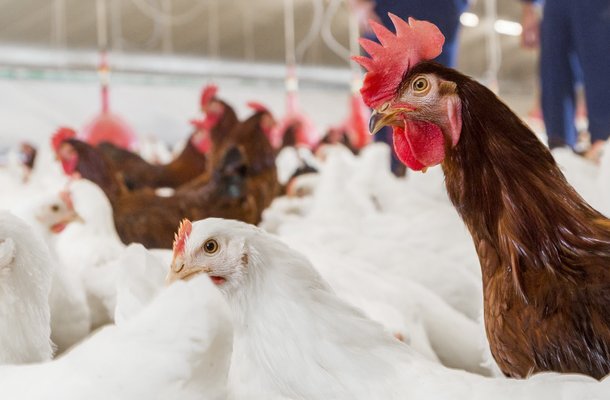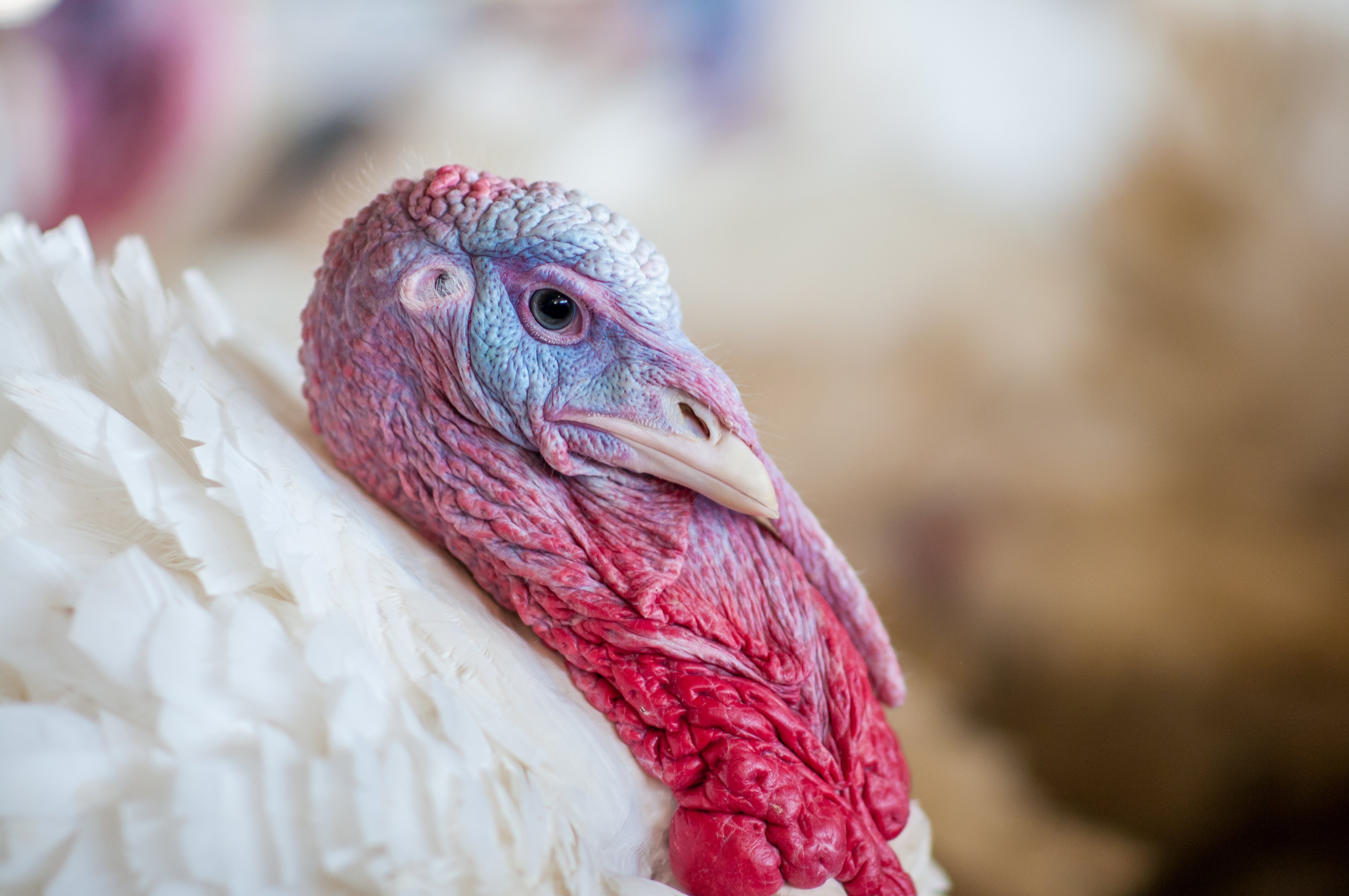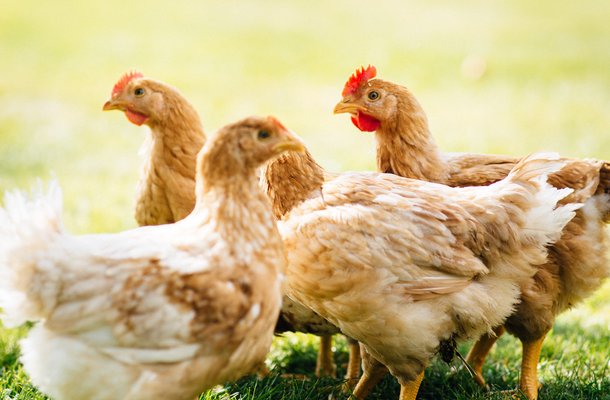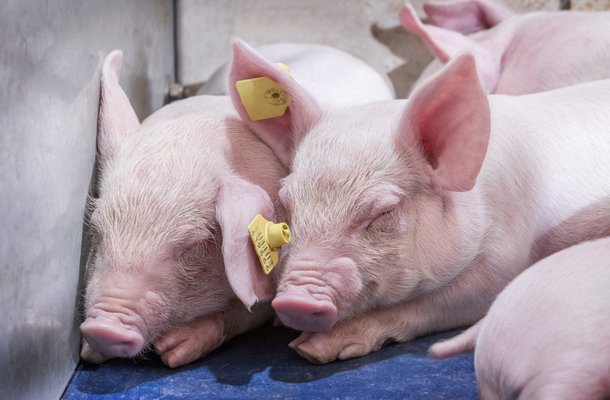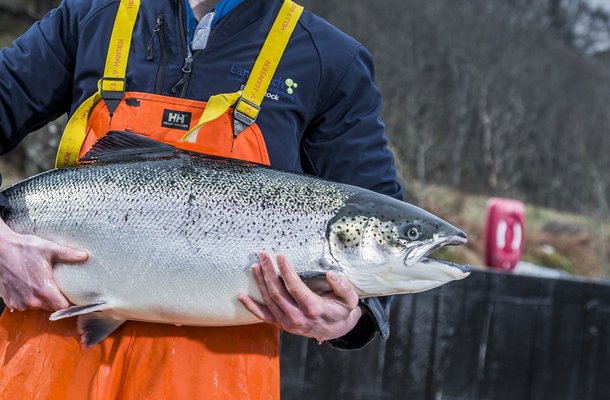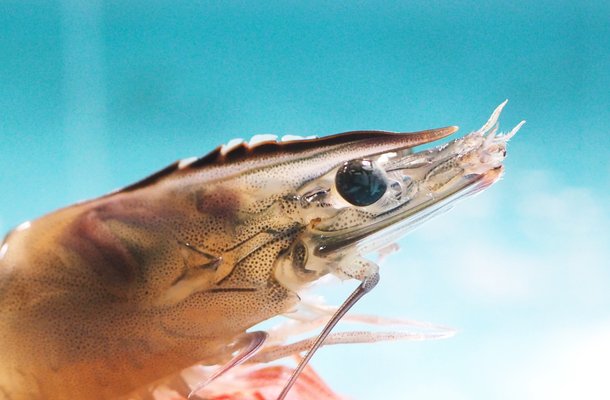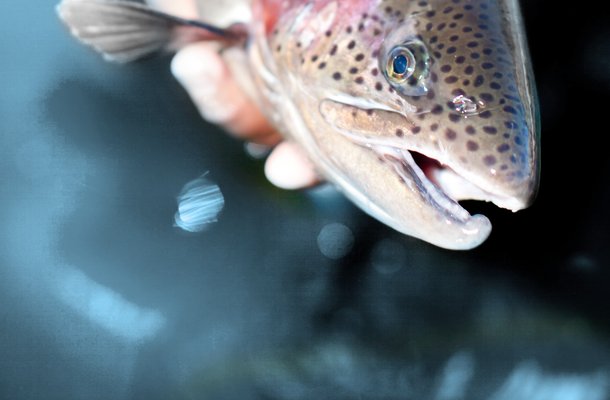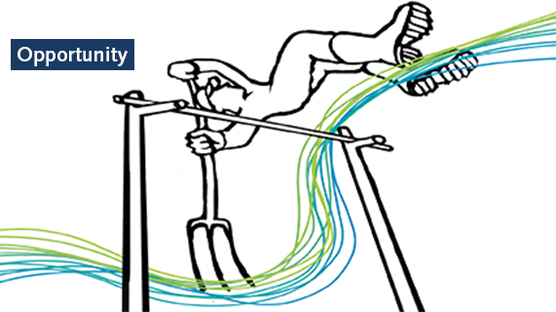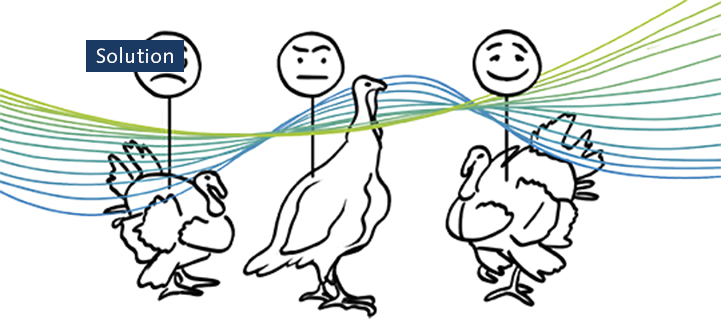
Published on May 1, 2021
Breeding for social animal behavior
In order to support the global food challenge with high-quality animal genetics, it’s important to understand the interaction between animals and how we can influence positive social behavior. With the overall goal of producing global animal protein through superior performance and productivity, Hendrix Genetics recognizes that animals who are happy, can produce more with fewer resources. By taking an overall look at animal social behavior and interaction we can identify problems quickly and find solutions to easily rectify the behavior.
Animal interaction
Animal interaction is simply explained as the behavior experienced when they interact and the emotions they may be feeling at that time. There are many categories of animal interaction but the one most common within animal production is called competitive interaction. Resources such as food, water, and habitat often provoke negative behavior when animals become territorial and show aggression. Animals may behave aggressively towards members of the herd or flock who do not look the same or to those from another family and limit them from accessing key resources causing conflict among the group.
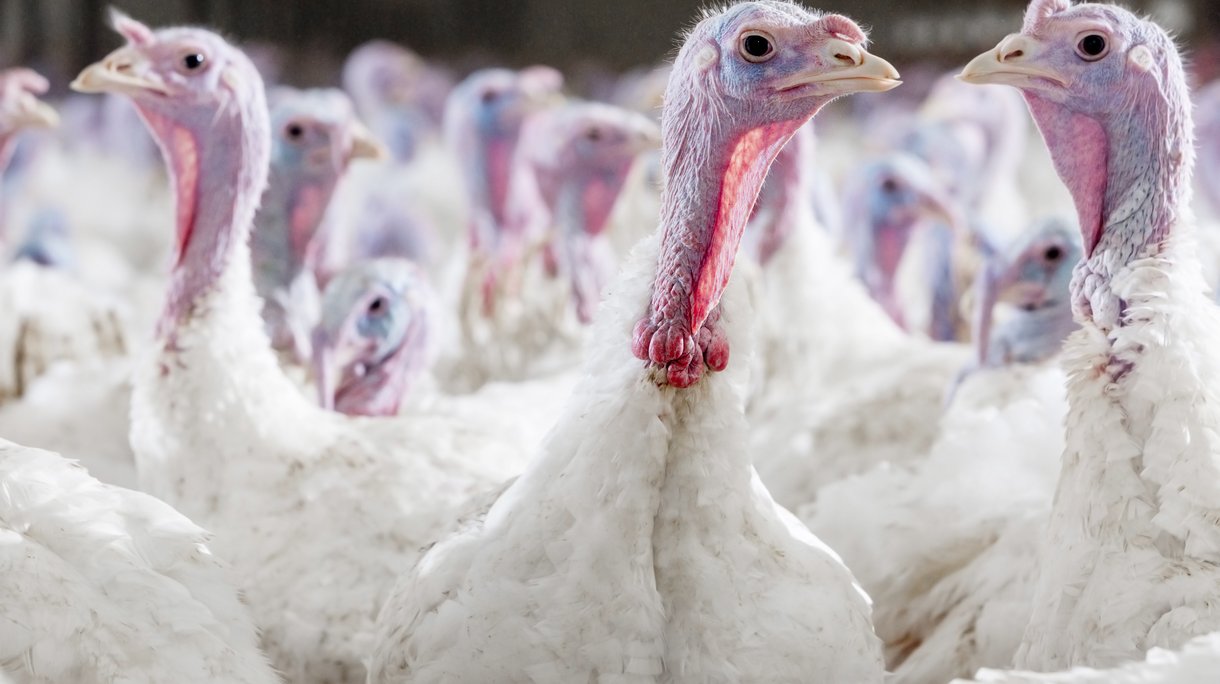
Natural behavior and the perfect fit
Having friendly animals is key for successful placement as well contributing towards positive social behavior and interaction, but we know that the right environment is also needed to achieve the greatest success. By ensuring all of our animals have the proper housing systems and conditions they can thrive in, they have the best potential to display their natural behavior, which allows us to effectively study their interactions.
Breeding for the elimination of animal treatments
For many years, animal treatments have been used in the industry to help curb negative behavior, making the environment safer for all involved. Treatments like break trimming for poultry or tail docking in swine have been used so that the animals cannot inflict harm on one another, causing injury or even death. These common treatments have been relied on by farmers to help keep their stock healthy and profitable.
Looking at the bigger picture to find a sustainable solution, we understand the use of these treatments, but we see the opportunity to do better. Breeding social animals with improved behaviors is part of the solution. By supplying animals who are well behaved in group settings, we can forgo these types of animal treatments in the future.
What actions are we currently taking to breed social animals?
Laying hens
In our laying hen breeding program, we have been studying social behavior for many years. A well-established testing program is in place where we keep birds, under commercial circumstances, with intact beaks. We then select from ‘friendly families’ to reduce the need for beak treatment and to reduce instances of injury due to feather pecking. We also test pedigree laying hens in commercial environments all over the world. With this program, we are able to measure the impact of different diets, lighting programs, climates, and housing systems and select for the most resilient birds. Providing the right housing system is another key factor. We invest in replicating alternative housing systems and select the birds that do well in a cage-free housing system. Learn more about how we study laying hen results in a range of environments.
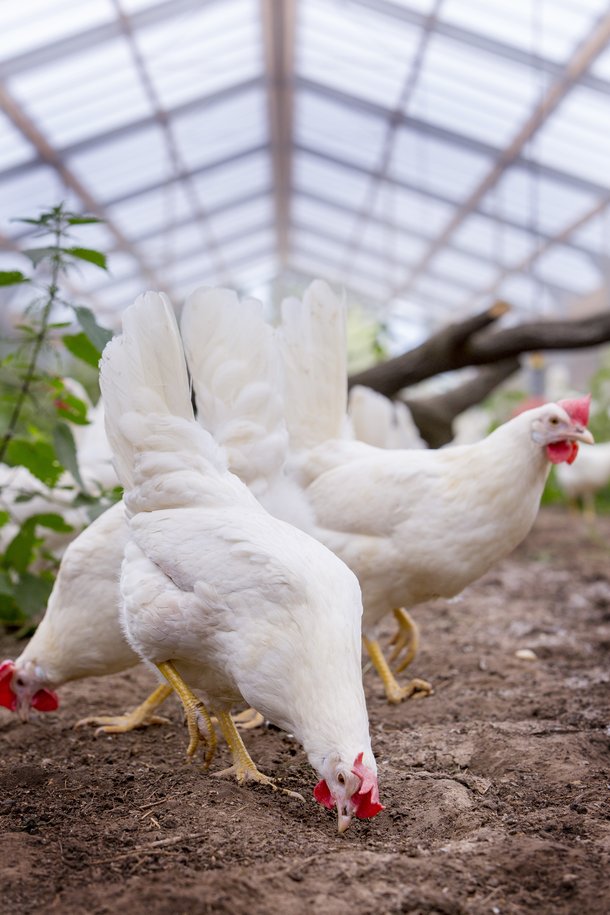
Turkeys
Similar to laying hens, our turkey breeding program studies the performance of birds in a commercial environment. In these conditions, we can test the impact of real-world conditions, including increased density, on the behavior of the turkeys. By analyzing these results, we can select turkeys that are more docile and easier to care for. Genomic selection is another important tool in supplying the value chain with social animals. Genomic selection was implemented in our turkey breeding program in 2016 and allows us to connect phenotypic traits and DNA from individual turkeys.
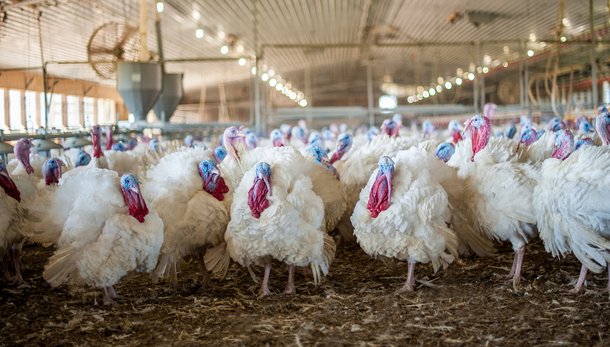
Swine
We currently house all dam line nucleus level gestating Hypor sows in loose pens. This indirectly selects for sows with social skills, but also sows with exceptional feet, legs, and body structure. Sows in loose housing must also become accustomed to farm workers in their ‘personal space’ when housed loose and in groups, again indirectly selecting for animals with better behavior towards humans.
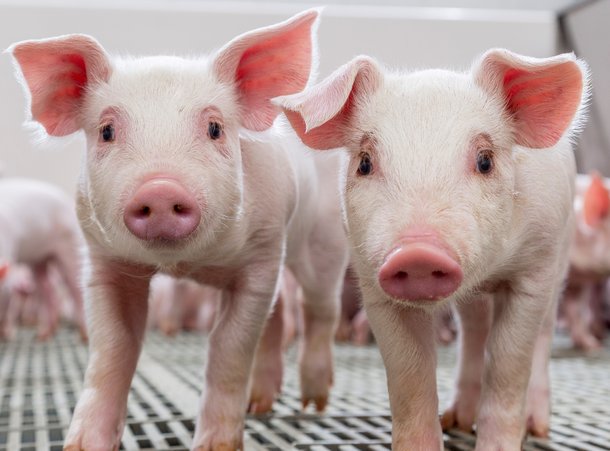
A sow’s ability to successfully farrow and wean her piglets is also an example of social behavior. Our breeding program selects sows with a high percentage of piglets born alive and weaned. For sows with a high percentage of piglets weaned, they are likely better at meeting the needs of their piglets with their behavior as well as producing sufficient quantity and quality of colostrum and mature milk.
Hendrix Genetics breeds healthy, happy animals that are sociable with good temperaments. By selecting the best animals, we improve with every new generation. Through providing high-quality animal genetics in every species we breed, we are helping the global food challenge on a global scale, improving the ability of our animals to live peacefully and productively together.
Have a look at the different product portfolios in the species we breed
You've read a solution article. Interested in the opportunity or challenge?
Do you want to explore all articles?

